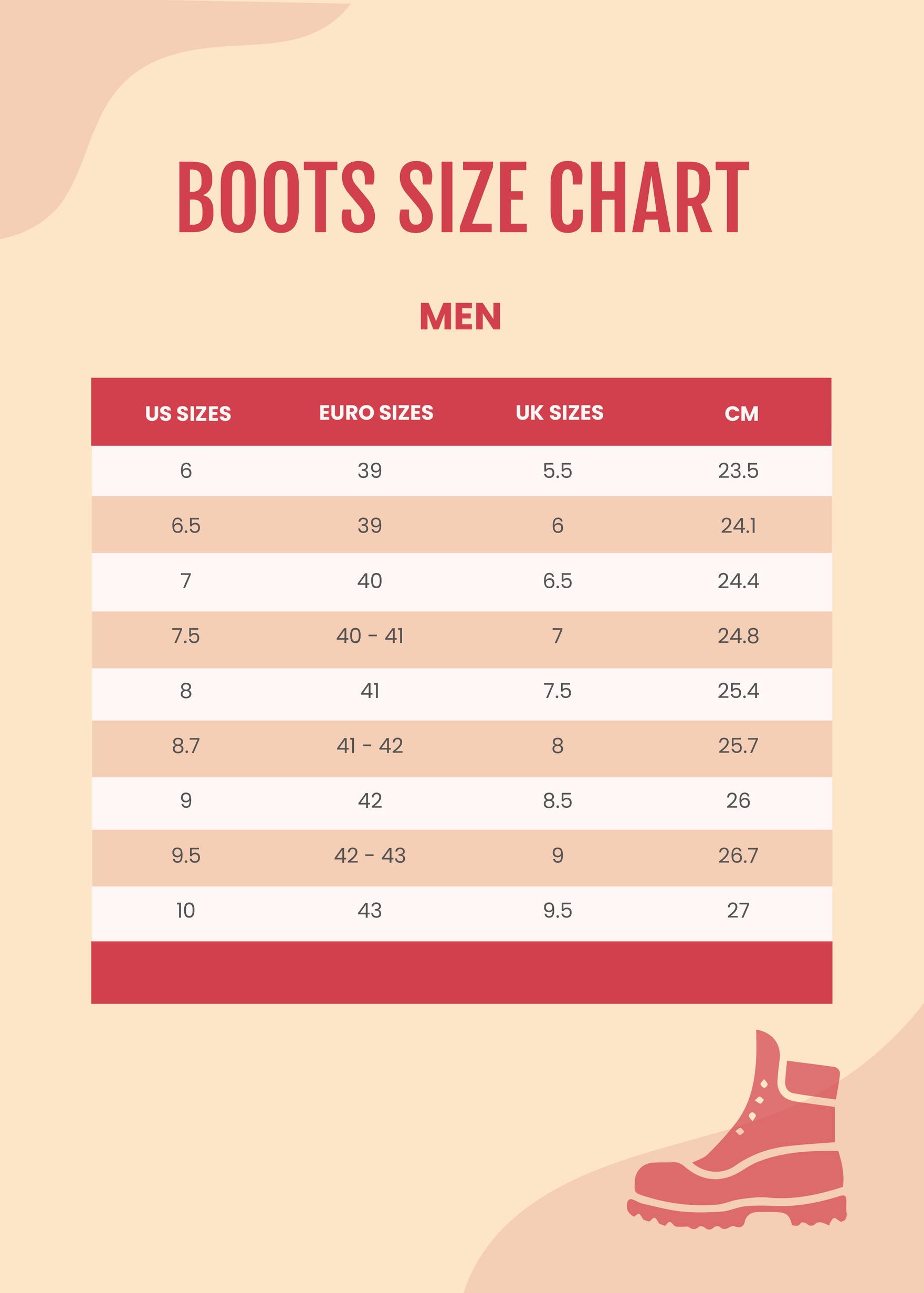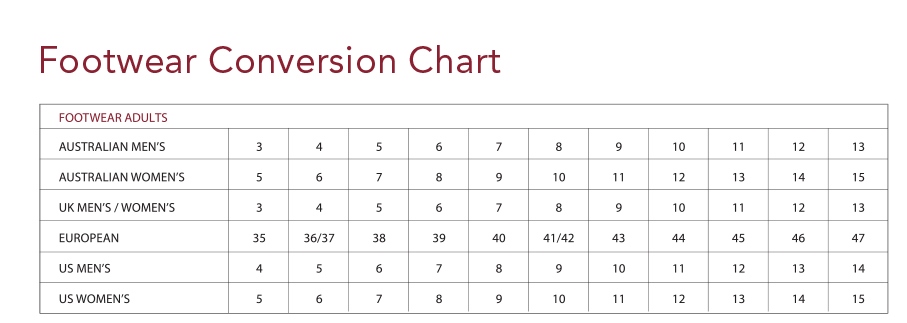Why Accurate Sizing Matters in Cowboy Boots
Accurate sizing is crucial when it comes to cowboy boots. A well-fitting pair can make all the difference in comfort, performance, and overall experience. On the other hand, ill-fitting boots can lead to discomfort, blisters, and even long-term foot problems. When converting shoe sizes to cowboy boot sizes, it’s essential to understand the importance of accurate sizing. A perfect fit ensures that the boots provide the necessary support and stability, allowing riders to focus on their performance rather than being distracted by discomfort. Moreover, accurate sizing can also impact the durability of the boots, as a well-fitting pair is less likely to wear out quickly. By prioritizing accurate sizing, individuals can enjoy a superior cowboy boot experience, whether they’re riding, working, or simply enjoying the great outdoors.
Understanding the Differences Between Shoe and Boot Sizing
When it comes to shoe to cowboy boot size conversion, understanding the differences between shoe and boot sizing systems is crucial. Unlike traditional shoe sizes, cowboy boot sizes are measured using a unique system that takes into account the boot’s length, width, and toe style. Cowboy boot measurements are typically based on the Brannock device, a specialized tool used to measure foot length and width. This system differs from traditional shoe sizing, which is often based on a combination of length and width measurements. Additionally, cowboy boots often have a more relaxed fit than shoes, with a roomier toe box and a slightly longer shaft. This means that a person’s shoe size may not directly translate to their cowboy boot size, making it essential to understand the conversion process. By recognizing these differences, individuals can ensure a more accurate shoe to cowboy boot size conversion, resulting in a comfortable and well-fitting pair of boots.
How to Convert Your Shoe Size to Cowboy Boot Size
Converting shoe sizes to cowboy boot sizes requires a step-by-step approach to ensure an accurate fit. Here’s a comprehensive guide to help you navigate the process:
Step 1: Measure Your Foot Accurately
Use a Brannock device or a ruler to measure the length and width of your foot in inches. Take note of the measurement in both length and width to determine your correct cowboy boot size.
Step 2: Consult a Size Conversion Chart
Refer to a reliable size conversion chart, such as the one below, to determine your corresponding cowboy boot size:
| Shoe Size | Cowboy Boot Size |
|---|---|
| 6 | 5.5 |
| 7 | 6.5 |
| 8 | 7.5 |
Step 3: Consider Factors Affecting Conversion
Take into account factors such as foot shape, width, and toe style, which can affect the conversion process. For example, individuals with wider feet may need to size up, while those with narrower feet may need to size down.
By following these steps and considering the unique characteristics of cowboy boot measurements, individuals can ensure an accurate shoe to cowboy boot size conversion, resulting in a comfortable and well-fitting pair of boots.
Factors to Consider When Converting Sizes
When converting shoe sizes to cowboy boot sizes, it’s essential to consider various factors that can affect the conversion process. These factors can significantly impact the fit and comfort of the boots, making it crucial to account for them during the conversion process.
Foot Shape
The shape of the foot plays a significant role in determining the correct cowboy boot size. For instance, individuals with narrower feet may require a smaller size, while those with wider feet may need a larger size. Understanding the foot shape and its corresponding size requirements is vital for an accurate shoe to cowboy boot size conversion.
Width
The width of the foot is another critical factor to consider. Cowboy boots come in various widths, including narrow, medium, and wide. Ensuring the correct width is essential for a comfortable fit, as boots that are too narrow or too wide can cause discomfort and affect performance.
Toe Style
The toe style of the cowboy boot can also impact the conversion process. For example, boots with a pointed toe may require a slightly smaller size than those with a square toe. Understanding the toe style and its corresponding size requirements is essential for an accurate conversion.
Additional Factors
Other factors, such as arch type, foot length, and personal preference, can also influence the conversion process. It’s essential to consider these factors and adjust the conversion accordingly to ensure a comfortable and well-fitting pair of cowboy boots.
By considering these factors and accounting for their impact on the conversion process, individuals can ensure an accurate shoe to cowboy boot size conversion, resulting in a comfortable and well-fitting pair of boots that meet their specific needs.
Popular Cowboy Boot Brands and Their Sizing Charts
When it comes to cowboy boots, different brands offer unique sizing charts to ensure a comfortable and accurate fit. Here are some popular cowboy boot brands, along with their respective sizing charts, to help readers make informed purchasing decisions:
Justin Boots
Justin Boots, a renowned brand in the cowboy boot industry, offers a comprehensive sizing chart that takes into account foot length, width, and arch type. Their chart provides a detailed guide for converting shoe sizes to cowboy boot sizes, ensuring a perfect fit.
| Shoe Size | Justin Boot Size |
|---|---|
| 6 | 5.5 |
| 7 | 6.5 |
| 8 | 7.5 |
Tony Lama Boots
Tony Lama Boots, another iconic brand, offers a sizing chart that caters to various foot shapes and widths. Their chart provides a detailed guide for converting shoe sizes to cowboy boot sizes, ensuring a comfortable and accurate fit.
| Shoe Size | Tony Lama Boot Size |
|---|---|
| 6 | 5.5 |
| 7 | 6.5 |
| 8 | 7.5 |
Ariat Boots
Ariat Boots, a popular brand among cowboy boot enthusiasts, offers a sizing chart that takes into account foot length, width, and arch type. Their chart provides a detailed guide for converting shoe sizes to cowboy boot sizes, ensuring a perfect fit.
| Shoe Size | Ariat Boot Size |
|---|---|
| 6 | 5.5 |
| 7 | 6.5 |
| 8 | 7.5 |
By consulting these sizing charts and understanding the unique characteristics of each brand, individuals can ensure an accurate shoe to cowboy boot size conversion, resulting in a comfortable and well-fitting pair of boots.
Common Mistakes to Avoid When Converting Sizes
When converting shoe sizes to cowboy boot sizes, it’s essential to avoid common mistakes that can lead to an ill-fitting pair of boots. Here are some common errors to watch out for:
Not Accounting for Foot Shape
One of the most critical mistakes is not considering the shape of the foot. Cowboy boots are designed to fit specific foot shapes, and failing to account for this can result in a poor fit. Ensure you measure your foot accurately and consult the sizing chart for the specific brand you’re interested in.
Ignoring Width and Arch Type
Another common mistake is neglecting to consider the width and arch type of the foot. Cowboy boots come in various widths, including narrow, medium, and wide, and arch types, such as low, medium, and high. Failing to account for these factors can lead to discomfort and affect performance.
Not Considering Toe Style
The toe style of the cowboy boot can also impact the conversion process. For example, boots with a pointed toe may require a slightly smaller size than those with a square toe. Ensure you consider the toe style when converting shoe sizes to cowboy boot sizes.
Not Measuring Both Feet
Many people make the mistake of only measuring one foot, assuming both feet are the same size. However, it’s common for one foot to be slightly larger than the other. Always measure both feet to ensure an accurate conversion.
Not Consulting the Sizing Chart
Failing to consult the sizing chart for the specific brand and style of cowboy boot can lead to an inaccurate conversion. Each brand has its unique sizing chart, and it’s essential to consult it to ensure a perfect fit.
By being aware of these common mistakes and taking the necessary steps to avoid them, individuals can ensure an accurate shoe to cowboy boot size conversion, resulting in a comfortable and well-fitting pair of boots.
The Importance of Trying Before You Buy
When it comes to cowboy boots, trying before you buy is crucial, especially when converting from shoe sizes. A perfect fit is essential for comfort, performance, and overall experience. While shoe to cowboy boot size conversion charts can provide a good estimate, they’re not always 100% accurate.
Trying on cowboy boots before purchasing allows individuals to ensure a comfortable fit, taking into account factors such as foot shape, width, and toe style. It’s essential to wear the same type of socks or hosiery you plan to wear with the boots and to try them on both feet, as one foot may be slightly larger than the other.
When trying on cowboy boots, pay attention to the following:
- The boots should fit snugly, but not too tightly, around the heel and ankle.
- The toe box should be roomy enough to wiggle your toes, but not so loose that your foot slides forward.
- The boot should feel comfortable, with no pressure points or hotspots.
By trying on cowboy boots before purchasing, individuals can avoid the hassle of returns and exchanges, and ensure a perfect fit that will provide years of comfort and performance. Remember, shoe to cowboy boot size conversion is not an exact science, and trying before you buy is the best way to guarantee a comfortable and well-fitting pair of boots.
Conclusion: Mastering the Art of Shoe to Cowboy Boot Size Conversion
Converting shoe sizes to cowboy boot sizes requires attention to detail, patience, and practice. By understanding the importance of accurate sizing, the differences between shoe and boot sizing systems, and the factors that affect the conversion process, individuals can ensure a perfect fit in their cowboy boots.
Remember, shoe to cowboy boot size conversion is not a one-size-fits-all approach. It’s essential to consider foot shape, width, and toe style, as well as the unique characteristics of cowboy boot measurements. By following the step-by-step guide and tips provided in this article, readers can master the art of shoe to cowboy boot size conversion and enjoy a comfortable, high-performing pair of boots.
Whether you’re a seasoned cowboy boot wearer or a newcomer to the world of western footwear, the key takeaways from this article will help you navigate the complexities of shoe to cowboy boot size conversion. So, take the time to measure your foot accurately, consult the sizing charts, and try before you buy. With practice and patience, you’ll be well on your way to finding the perfect fit in your cowboy boots.







